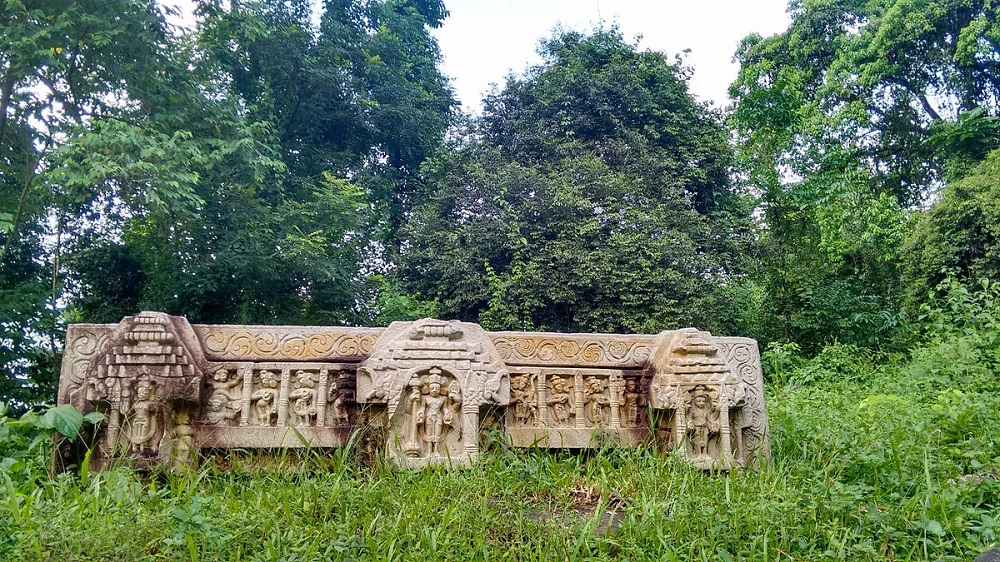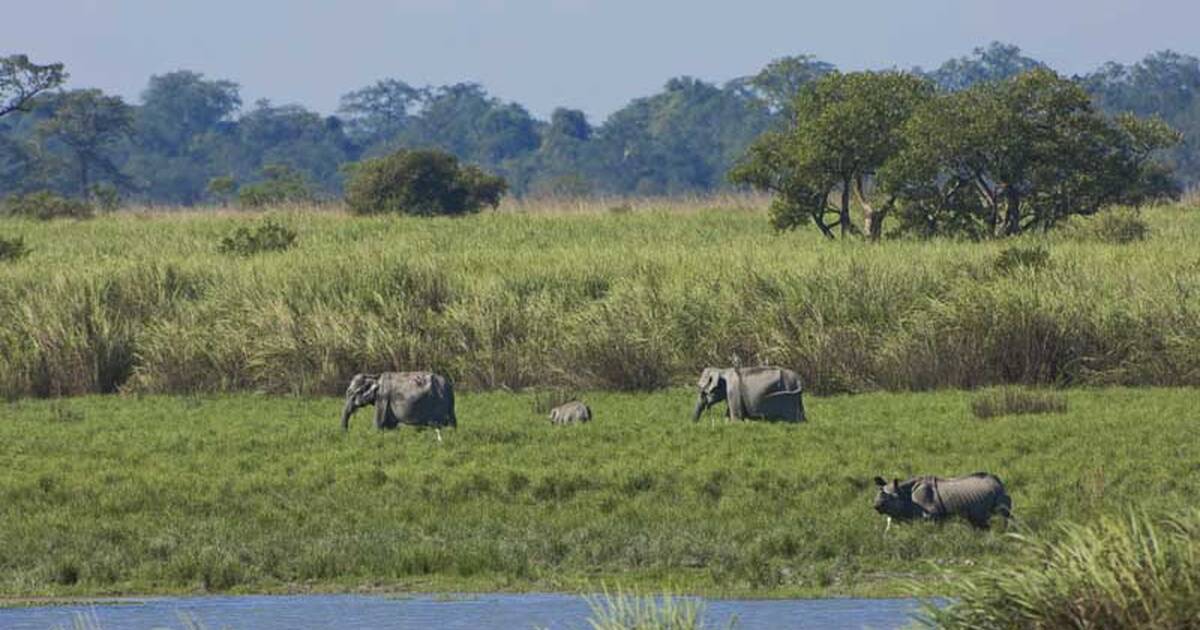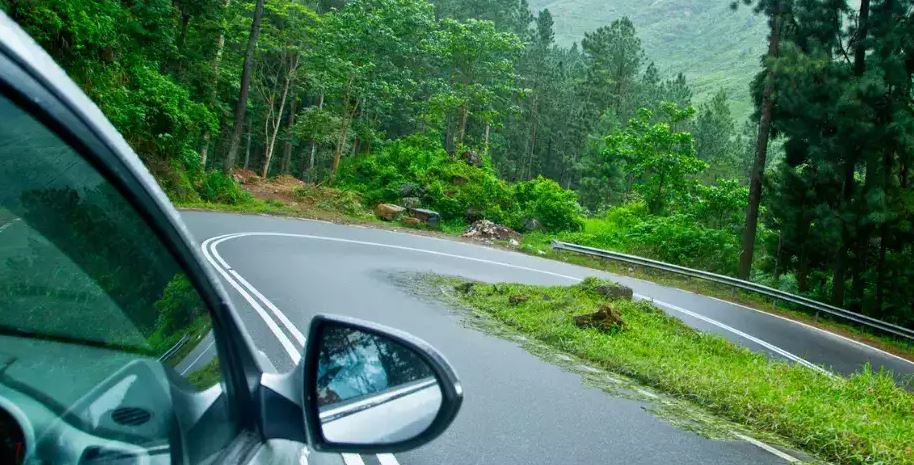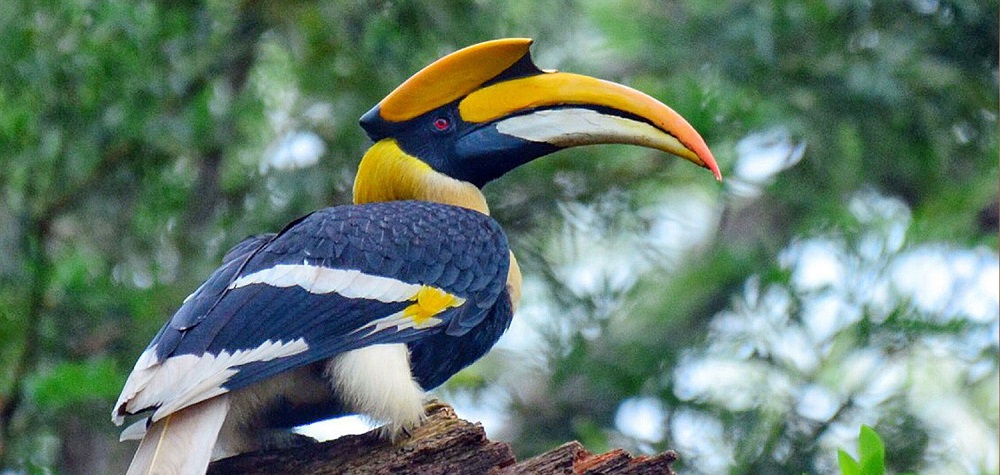
A Trip to Deoparbat Ruins near Kaziranga National Park
Nestled in the heart of Assam, near the famed Kaziranga National Park, there is a hidden gem that whispers tales of a bygone era – the Deoparbat Ruins. Not known to many, these ancient ruins, wrapped in inquisition and surrounded by lush greenery, extend a captivating glimpse into a small piece of the history of this enchanting region. For those seeking a unique travel experience off the beaten path, Deoparbat offers a distinguished and tranquil escape. The serenity of the surroundings, coupled with the echoes of history, provides a perfect setting for introspection and appreciation of the cultural backdrop enveloped in Assam’s beautiful landscape.

Historical Significance
Dating back centuries, the Deoparbat Ruins hold the remnants of a once-thriving civilization.
The Deoparbat Ruins is located about 5 km away from Numaligarh Oil Refinery in Golaghat District and in close proximity to Kaziranga National Park, about 62 km. The region is also known as Deoparbat. Renowned for its archaeological remnants atop a hill, the site houses an ancient temple adorned with fragmented statues, offering glimpses into its age. The temple turned to ruins during the massive earthquake that hit Assam in 1897. Historians also put the fact that King Jarasandha of Magadha Kingdom camped at the hill when his army battled with Lord Krishna. Therefore the area is also known as Jarasandh Nagar. The primary shrine at Deoparbat Ruins venerates Lord Shiva. Crafted from stone, the temple boasts intricate carvings illustrating scenes from Hindu mythology, such as Lord Krishna’s life, the Kurukshetra battle, and the union of Lord Shiva and Parvati.
After the temple came down during the earthquake, locals set up another place of spiritual significance and established the Numaligarh Baba Than, dedicated to Lord Shiva, which exists even today. Among the structures found at Deoparbat, the most notable ones are the stone relics of Apsara, Gandharva, Lord Vishnu in the form of code dance Mohini, and various sculptures of Lord Shiva, Lord Ganesha, Sun God and a few more. The relics were said to be influenced by Vaishnavism, Shivaism, Tantrism, and Buddhism, besides having the influence of kachari and Ahum culture. Unfortunately, Deoparbat is in shambles today, bereft of any preservation efforts. There are several folk tales stitched with Deoparbat.
A Journey to the Deoparbat Ruins
The trip to Deoparbat begins with a scenic drive through the picturesque landscapes of Assam, where the air is filled with the melodies of exotic birds and the fragrance of blooming flora. Along with the stony sculptures, the surrounding environment is eye-catching. The area boasts of various species of flora and fauna. The area of Deoparbat attracts tourists from far and wide due to its scenic beauty. Various species of butterflies add to the charm of the place that has made the ruined hill their home. Apart from historical and environmental charm, the area has a lot of significance, according to popular religious beliefs. Tourists from within the state and the other states of the country visit the Numaligarh Baba Than every year.
Trekking Deoparbat by climbing a long flight of stairs can be strenuous, especially in hot weather, but the panoramic view from the summit is breathtaking. Tourists can also observe the Numaligarh Tea Estate and the neighboring Karbi Anglong Hills. Numaligarh is prominently known for the Numaligarh Oil Refinery, which is accessible by private cabs from Kaziranga National Park, facilitating tourists to explore multiple destinations in the Golaghat district during a day trip.
Tourists can wander amidst the ruins, appreciating the natural beauty. The comfortable time to visit Deoparbat is from October to March, providing pleasant weather and showcasing the surroundings in their purest form.
Connect the trip with Kaziranga National Park
While the conventional Kaziranga Tour Packages will take you to neighbouring touristy cities like Shillong, Guwahati, Cherrapunji, etc, this offbeat trip plan will cater to a different experience.
The proximity of the Deoparbat Ruins to Kaziranga National Park adds another layer of excitement to the experience. Nature enthusiasts can combine a visit to the archaeological site with a safari in the renowned Kaziranga National Park, creating a well-rounded exploration that spans cultural and natural wonders.


